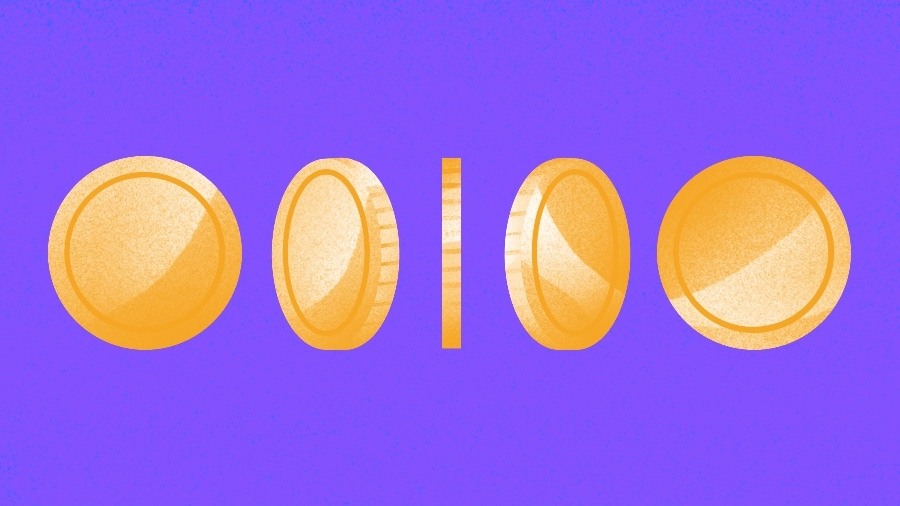By: Miguel Fernandez
Over the past four weeks, I’ve talked to hundreds of SaaS founders and there’s one recurring topic: The current funding environment. How do you address this tough situation? Do you cut costs or do you make a risky decision to keep spending and attempt to grow into the original valuation?
Until the recent market turn, companies were raising money at all-time high valuations. Now the environment has fundamentally shifted, and everybody is thinking about the best path forward. If the public comparables have compressed 10x, the company will need to grow 10x more than it expected before the next round in order to maintain its valuation.
Covering the basics: To get to a valuation we need a valuation multiple and ARR at the time of the round. How do you get to the final ARR at the time of the round? Final ARR = initial ARR + ARR increase. What are the different levers that impact your ARR increase? ARR increase = round size (cash in hand)/burn multiple. So a company can either increase cash in hand or decrease burn multiple.
Search less. Close more.
Grow your revenue with all-in-one prospecting solutions powered by the leader in private-company data.
Let’s take a real-life example and assume that Company A with $10 million in ARR raised a $25 million Series B at a $300 million valuation. This implies a 30x valuation multiple. Given that multiples have compressed 10x, the company would now need to grow 3x faster to get to the $300 million valuation.
So what can Company A do?
Scenario 1: Grow now

If Company A simply continues with its growth plan, it would raise money at a down-round. Let’s assume this company has a burn rate of 1.6x, which is an average rate for the top quartile companies. This burn rate gets us to $16 million in ARR increase (round size of $25 million/ burn multiple of 1.6x), and this ARR increase leads to $26 million in final ARR (initial ARR of $10 million + ARR increase of $16 million). Applying the 10x valuation multiple, we get to a $260 million valuation, a down-round. To raise the next round at a slight markup, Company A has to increase its ARR and to achieve this, it needs further cash injection.
To raise the next round at a markup, for example at a $350 million valuation, Company A needs an ARR of $35 million. Since Company A’s current ARR is $10 million, the ARR should increase by $25 million. The burn multiple of 1.6x implies a required investment of $40 million. Company A had raised $25 million, and now needs $15 million extra cash over the next few years or it will be staring at a down round.
Scenario 2: Cut cost and gain time
On the flip side, what would happen if a company was to cut costs and extend its runway? Let’s assume that by cutting costs, the company reduces its burn multiple from 1.6x to 1.3x. This then leads to a $19 million ARR increase (round size of $25 million/burn multiple of 1.3x) and in turn to a final ARR of $29 million (initial ARR of $10 million + ARR increase of $19 million). Applying a 10x valuation multiple, we get a ~$290 million valuation, also a down round. In addition, cutting costs also affects team morale and investor engagement.
The two scenarios above illustrate that it is hard to grow into valuations by doubling down on growth or cutting costs. In both cases, the company will need to resort to a down round in the next fundraise. Investors coming into down rounds are resorting to heavily structured term sheets, which can be highly dilutive.
Scenario 3: Use non-dilutive capital and raise an up round
To avoid this situation, there’s another option—combine the current round with non-dilutive capital.
Back to scenario 1 in which the company is growing with a burn rate of 1.6x. Let’s assume this company spends around 49.5% of its revenue, or 35.03% of its spend on sales and marketing (salaries, tools, ads, etc.). The extra $15 million needed to hit its targets and raise a better round represents around 43% of the company’s exit ARR and can be funded with non-dilutive capital.
Most companies that access non-dilutive capital get between 30% and 60% of their ARR to fund predictable activities like user acquisition and growth. In this case, the company uses non-dilutive capital to grow without making its runway shorter and achieves a higher valuation.
Non-dilutive capital can fund predictable expenditures needed to unlock the next stage of growth. In the current market, this means non-dilutive capital can help you get closer to upping your valuation and boosting company morale, acting as an ally for both you and your investors.
Miguel Fernandez is co-founder and CEO at Capchase. Previously, he joined Geoblink at the pre-revenue stage as the first person in sales and built and led sales, customer service and the international structure out of the U.K. Before that, he was co-founder and CEO at Heydey and Wibbou, two consumer-facing startups, and worked for two years at Monitor Deloitte, serving clients in the TMT, banking and retail industries.
Illustration: Dom Guzman

Stay up to date with recent funding rounds, acquisitions, and more with the Crunchbase Daily.











![Illustration of stopwatch - AI [Dom Guzman]](https://news.crunchbase.com/wp-content/uploads/Halftime-AI-1-300x168.jpg)
67.1K Followers